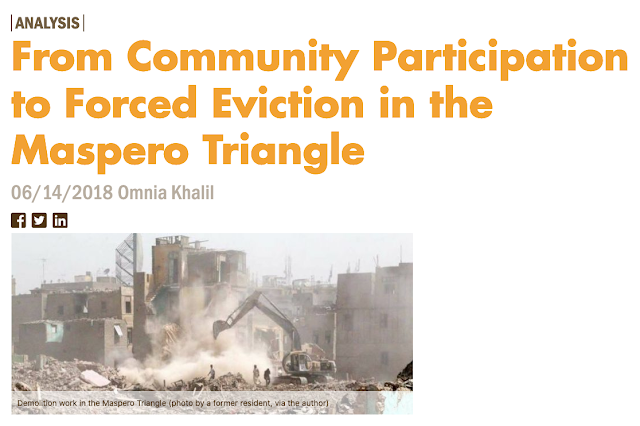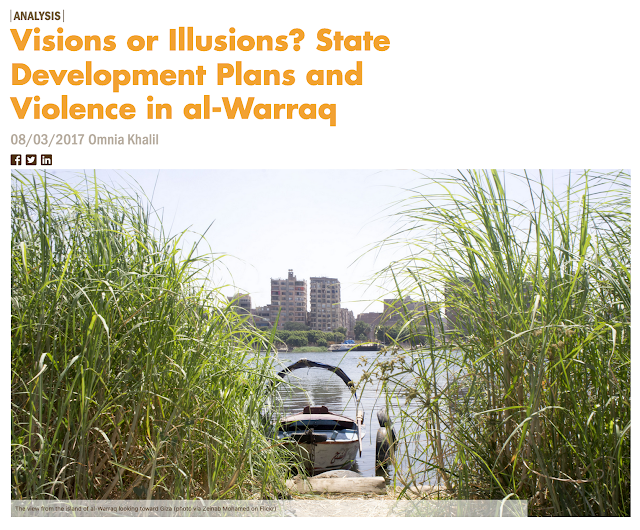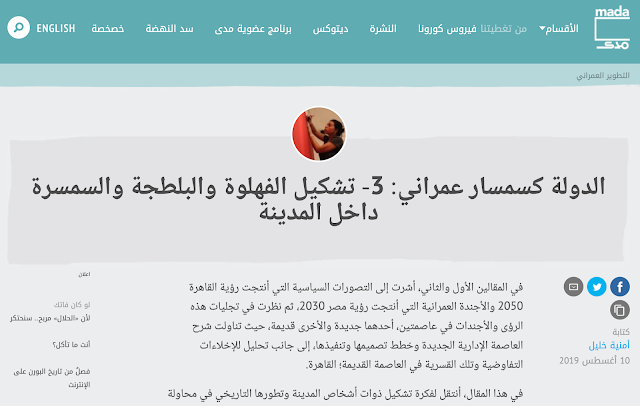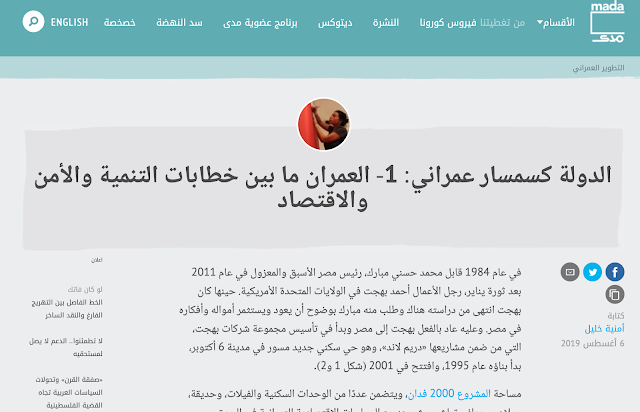Rushing
New York City has been always this city where people are rushing, and running to catch something. Work, or study, or an important appointment, it depends. People would always hold the subway door fro closing, in order to get into the moving subway. Someone would in your everyday hit your shoulder or leg without even saying sorry. It is a tough city, and people are always rushing towards something. January 2021, I arrived back to NYC after the start of the pandemic -covid-19- in March 2020. Today I was in the subway, suddenly I heard the subway voice and I ran down the stairs in order to catch it. Two persons were standing there, and they gave me strange looks. I realized then, after getting into the subway, that no one is rushing anyone in the city. No one is holding doors, very few people are on the platform. The chairs are always empty, 20% of each car would be busy. While all the other chairs are empty. No one is standing, no one is standing to the opening doors waiti




